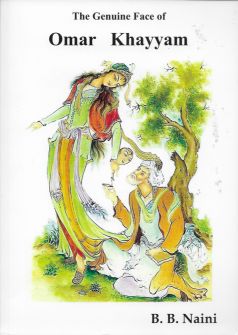Secular Pleasures and Fitzgerald’s Rubáiyát of Omar Khayyám. A. Çelikkol.
Victorian Poetry, 51 (2013) 4, pp. 511-532.
The author starts from the point of view that FitzGerald’s poem “imagines a secular experience that resists the reign of reason. Musing on transcendental matters cannot help the speaker to make sense of his own existence, but neither can rational inquiry. (…) he relates to the material world around him by seeking and embracing pleasure. Through the senses of wonder, connectedness, and enchantment inspired by the self’s engagement with the natural world, FitzGerald transfers some of the most fulfilling aspects of religion onto a secular experience.” The essays then goes on to demonstrate how this idea is an “articulation of some of the insights that have come to inform the critical study of the secular today”.
